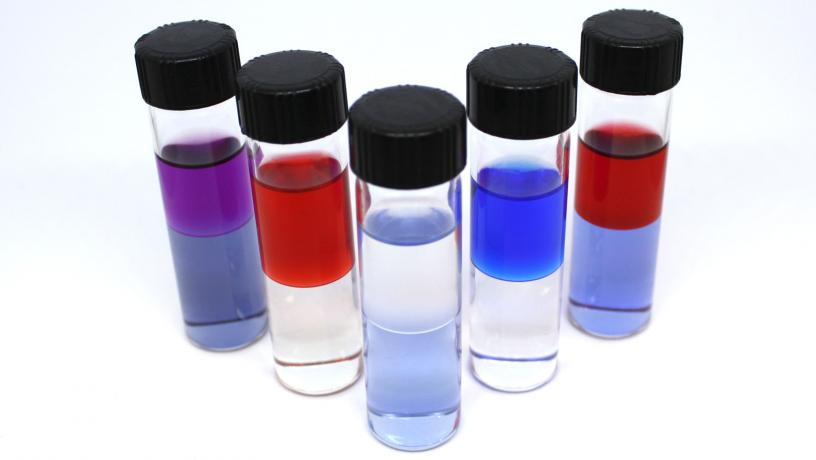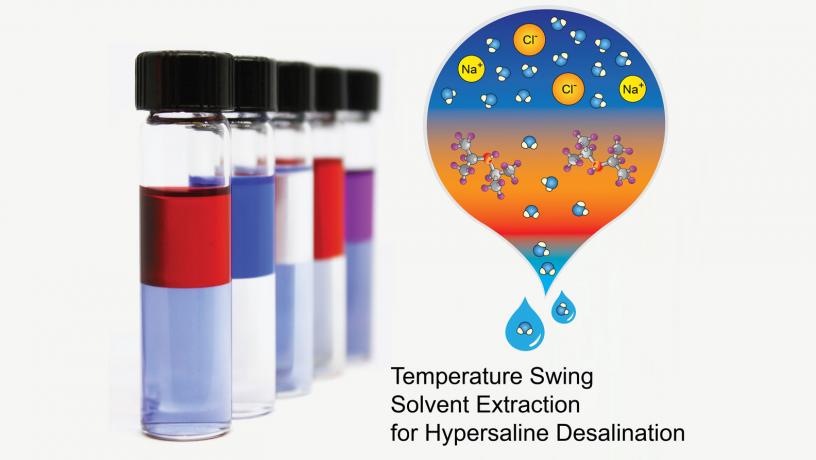Columbia Engineering researchers design new desalination method for hypersaline brines that is low-cost, efficient, and effective; could address the growing water challenges across the globe
About the Study
The study is titled “Membrane-less and Non-evaporative Desalination of Hypersaline Brines by Temperature Swing Solvent Extraction.”
A New Paradigm for Desalination
New York, NY—May 6, 2019—Hypersaline brines—water that contains high concentrations of dissolved salts and whose saline levels are higher than ocean water—are a growing environmental concern around the world. Very challenging and costly to treat, they result from water produced during oil and gas production, inland desalination concentrate, landfill leachate (a major problem for municipal solid waste landfills), flue gas desulfurization in fossil-fuel power plants, and effluent from industrial processes. If hypersaline brines are improperly managed, they can pollute both surface and groundwater resources. But if there were a simple, inexpensive way to desalinate the brines, vast quantities of water would be available for all kinds of uses, from agriculture to industrial applications, and possibly even for human consumption.
A Columbia Engineering team led by Ngai Yin Yip, assistant professor of earth and environmental engineering, reports today that they have developed a radically different desalination approach—“temperature swing solvent extraction (TSSE)”—for hypersaline brines. The study, published online in Environmental Science & Technology Letters, demonstrates that TSSE can desalinate very high-salinity brines, up to seven times the concentration of seawater. This is a good deal more than reverse osmosis, the gold-standard for seawater desalination, and can handle approximately twice the seawater salt concentrations.
Amine solvents (top phase) extracting water from hypersaline brines (bottom phase).
Illustration showing fresh water production from hypersaline brines by temperature swing solvent extraction.
Currently, hypersaline brines are desalinated either by membrane (reverse osmosis) or water evaporation (distillation). Each approach has limitations. Reverse osmosis methods are ineffective for high-saline brines because the pressures applied in reverse osmosis scale with the amount of salt: hypersaline brines require prohibitively high pressurizations. Distillation techniques, which evaporate the brine, are very energy-intensive. Yip has been working on solvent extraction, a separation method widely employed for chemical engineering processes. The relatively inexpensive, simple, and effective separation technique is used in a wide range of industries, including production of fine organic compounds, purification of natural products, and extraction of valuable metal complexes.
Source: Radical Desalination Approach May Disrupt the Water Industry | Columbia Engineering

Robin Edgar
Organisational Structures | Technology and Science | Military, IT and Lifestyle consultancy | Social, Broadcast & Cross Media | Flying aircraft


